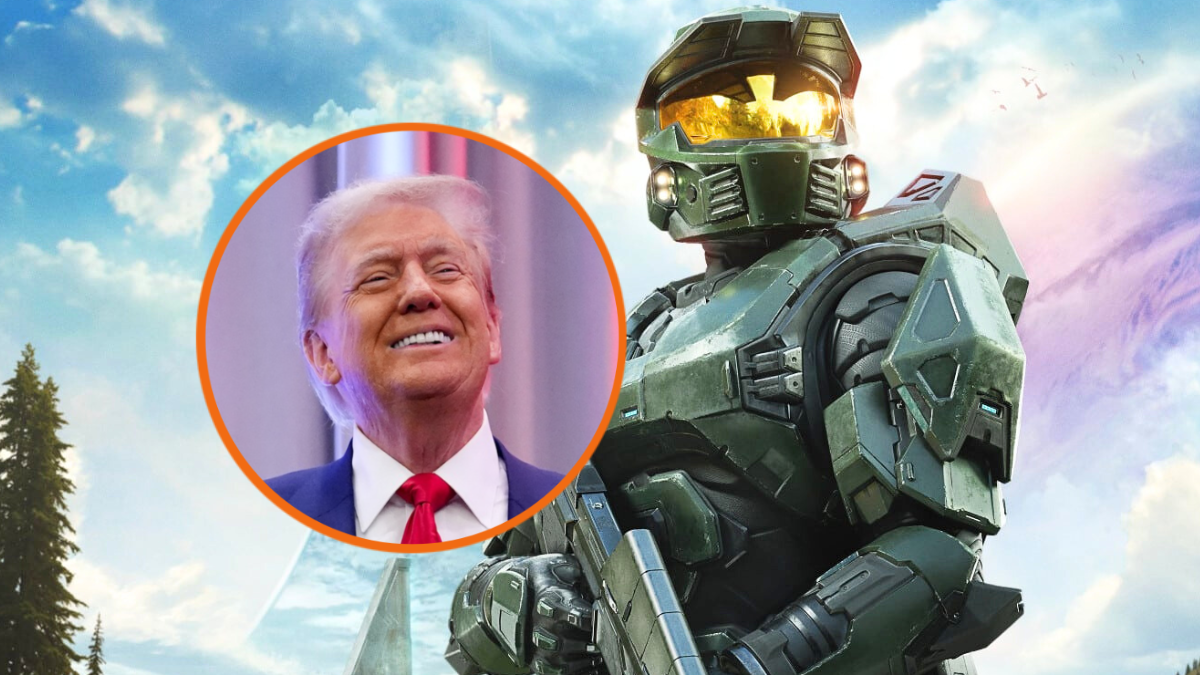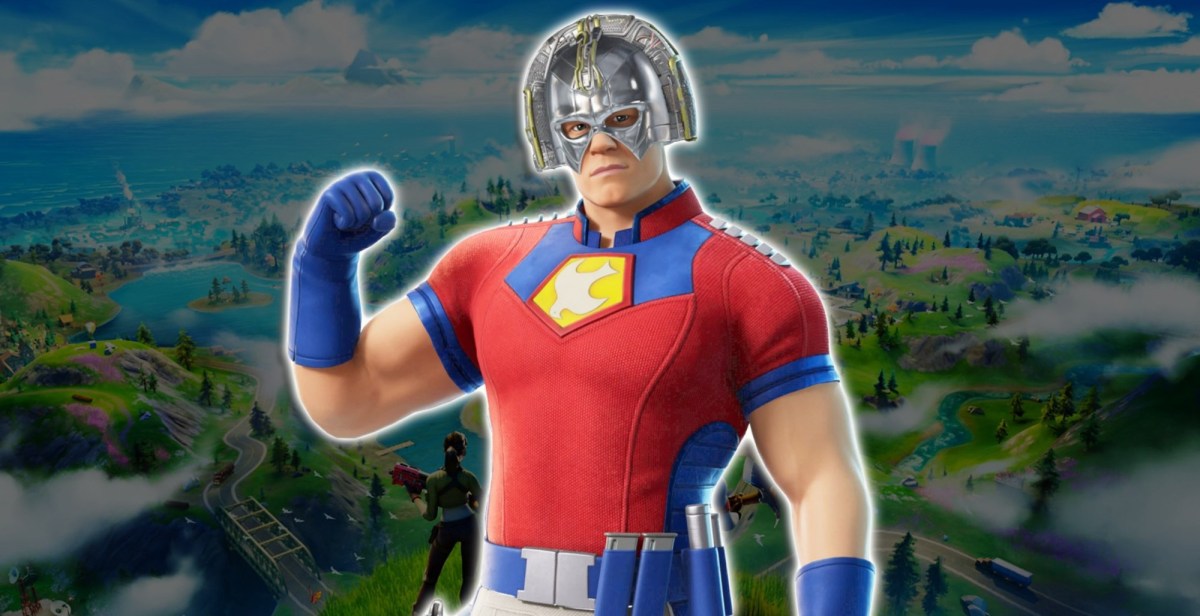
On the surface, Knack – one of Sony’s most prominent first-party exclusives for the PlayStation 4 – fills me with a warm, comfortable nostalgia. Stylistically, it heavily reminds me of the kinds of games I would get to play at a friend’s house back in the 90s, when I had a Nintendo 64 and they had an original PlayStation. The kinds of games they had were entirety different than the kinds I had, distinguished by a creative, off-beat aesthetic and gameplay style, and when I look at Knack, I am reminded heavily of those games (which, in retrospect, probably belonged to the Crash Bandicoot, Rayman, or Spyro franchises).
But then I play more than ten to fifteen minutes of Knack, and all the nostalgia quickly evaporates, only to be replaced by seething anger and annoyance. I don’t know if I would go so far as to say Knack is a ‘bad’ game – it looks and sounds really nice, and I think younger demographics may get a kick out of it on the lowest difficulty – but it hardly qualifies as a fun or enjoyable one.
One of the most surprising things about Knack is that it actually purports to tell a story, with a large number of cutscenes peppered not only between levels, but during them. The premise involves a Goblin invasion in a unnamed fantasy land; faced with overwhelming Goblin forces, a supposedly ‘brilliant’ Doctor invents a creature named ‘Knack,’ built from and able to enlarge himself with the mysterious relics that are littered about this civilization. The story is charming enough, at least in the early going, and the voice work is worthy of at least some praise, but the characters never evolve into anything more than types, if they even advance to that level, and the story never deepens beyond a very basic good versus evil structure, with the majority of narrative material devoted to justifying the gameplay through exposition. The story isn’t necessarily a hindrance to the game – you can skip any cut scene at any time – but given just how much narrative focus there is, this material should be far more substantial.
As Knack, players progress through simple, repetitive levels, fighting Goblins and other enemies via basic, third-person brawler mechanics. The underlying control foundation is actually Knack’s greatest strength, even if it is something the game only occasionally capitalizes on, because while the fighting mechanics are simple and easy to learn, I also suspect that, with better level design, there might be a pleasing amount of depth to it. Knack’s basic move is a punch, though he can also jump, and the right stick is used for dodging. Each level is peppered with yellow crystals which, when broken, can fill Knack’s special ability meter, which can then be used for three separate special attacks. Again, it’s nothing revolutionary, but when the level design is competent, beating through waves of enemies can be reasonably enjoyable.
The problem is that the level design – including placement, amount, and strength of enemies – is so rudimentary, so repetitive and uninspired and oftentimes downright clunky, that whatever positive attributes the underlying gameplay might have regularly counts for little. The game may look and feel like a platformer, but each level can more or less be boiled down to a narrow corridor with enemies which, when passed through, leads to another corridor or slightly more open arena. There is very little actual platforming of any kind – and the parts that would involve more intricate jumps or level progression are typically (and strangely) relegated to brief, awkward cutscenes – and while Knack does have different forms over the course of the campaign, like Ice Knack or Fire Knack, the changes are mostly cosmetic, and never amount to anything near a compelling paradigm shift. Ultimately, the game is essentially limited to enemy encounter after enemy encounter, ad naseum for the entire campaign. The enemy designs themselves are reasonably creative, and there is a nice amount of enemy variance from level to level, but the process of fighting enemies never changes, nor does the fighting system deepen as the game moves along.

But the game’s most crippling issue is, undoubtedly, its difficulty. I started the game on Normal – out of Easy, Normal, and Hard – which is the usual baseline experience I choose when playing a new game, and once one gets past the tutorial sections, the difficulty immediately spikes to absolutely ridiculous levels. There are multiple factors at play here, including the mechanic that Knack himself gets bigger over the course of each level by collection relic pieces. It’s a nice visual gimmick, and seems fun in theory, but in practice, players are left with a reversed difficulty curve that is incredibly frustrating to play through. Knack has next to no health at his smallest size, and gets more health and grows more powerful the bigger he is, meaning the levels are hardest at the beginning – unforgiving, in fact, as making one mistake in an encounter could be fatal – and get progressively easier as you move along. Combined with the aforementioned wonky level design and enemy employment, which often sends strong, one-hit-kill enemies your way when Knack is at his weakest, the game is brutally difficult, often in ways players cannot prepare for or adapt to.
Most commonly, I find that each new screen brings near-instant death, as multiple overpowered or one-hit-kill enemies will immediately tear Knack to shreds, without time for the player to even get their bearings. Like Hotline Miami, you’ll restart at the same screen over and over and over again (to its credit, Knack has no load screens between deaths), but unlike Hotline Miami, each death feels cheap and unfair, rather than something that can be overcome by strategy and quick-thinking. Mindless brawling is one thing, and if that’s all Knack was, I might enjoy it. Mindless brawling with equally mindless, near-constant difficulty spikes is another matter entirely, an experience far too frustrating to ever consider ‘fun.’
What’s worse, the game has no option to change difficulty on the fly, so if you get several hours into the game and finally decide to give up and make the game easier, the only way to do so is to start all over again. That sucks no matter what, but it seems especially brutal for what is, in fact, a children’s game. The Easy difficulty, which I sampled, is much more playable – although it also exposes how utterly shallow the gameplay and level design is – and is definitely the right choice for most children, but in a family-friendly game, I would think the ‘Normal’ option should also be something kids could enjoy. At the very least, there should be a note on the difficulty screen clearly delineating the ‘Easy’ experience as the default mode for kids, and the ‘Normal’ and ‘Hard’ modes as intended for adults (though I would not recommend them to people of any age).

Knack has an optional, local co-operative mode as well, a simple ‘pick and up play’ functionality in which the second player takes the role of a smaller, metallic, less powerful Knack-like creature. The second player actually isn’t as limited as you might think – they can beat up enemies, get power-ups, and find collectibles just like Knack himself – but he or she is at a severe disadvantage because of the game’s camera, which only tracks player one. If the second player fails to stay close to the first, they will be abandoned off-screen. Like Sonic the Hedgehog 3 back in the Sega Genesis days, the game makes no adjustments whatsoever for the second player; it is just the single-player experience with an extra avatar on screen (which can result in significant slowdown, especially during boss fights).
The biggest thing Knack has going for it is its graphics, which are extremely nice. While far from the best showcase for the PlayStation 4, there is no mistaking this game for a current-gen title; with some graphical adjustments, it could probably run on the PS3, but especially considering how many individual pieces Knack himself is constructed from, and how integral particle effects are to the visual experience, this is a distinctly next-gen game, and better for it. The overall design aesthetic is endearingly cartoony in nature, but textures are richer and more detailed than a current-gen game could deliver, and the colors are uniformly stunning. Lighting effects aren’t extremely pronounced, but certainly look quite striking and dynamic, and there is a welcome level of clarity and sharpness resulting from the 1080p resolution.
Knack looks nice – there is no denying that. But so does Resogun, or Killzone: Shadow Fall, or Assassin’s Creed IV, or Contrast, or Flower, or Trine 2, or pretty much any other PlayStation 4 launch title, many of which also deliver significantly deeper and more rewarding gameplay experiences. Even limiting the field just to PS4 exclusives, there are much better titles available to play right now than Knack. It isn’t completely unplayable, nor is it necessarily awful, but every time I boot it up and spend more than ten minutes with it, I find I would rather play just about anything else.
This review is based on the PS4 version of the game.










Published: Nov 17, 2013 12:25 am